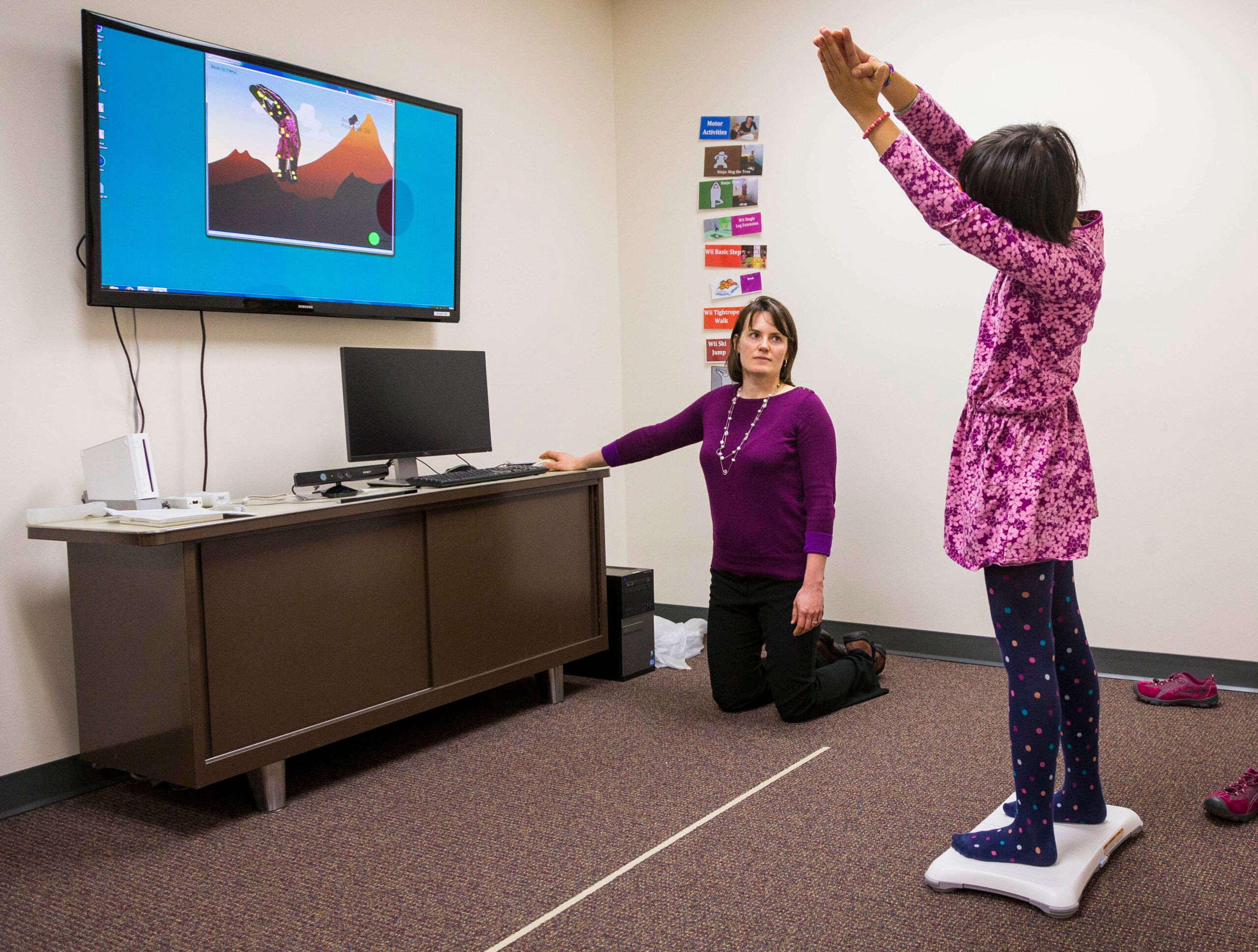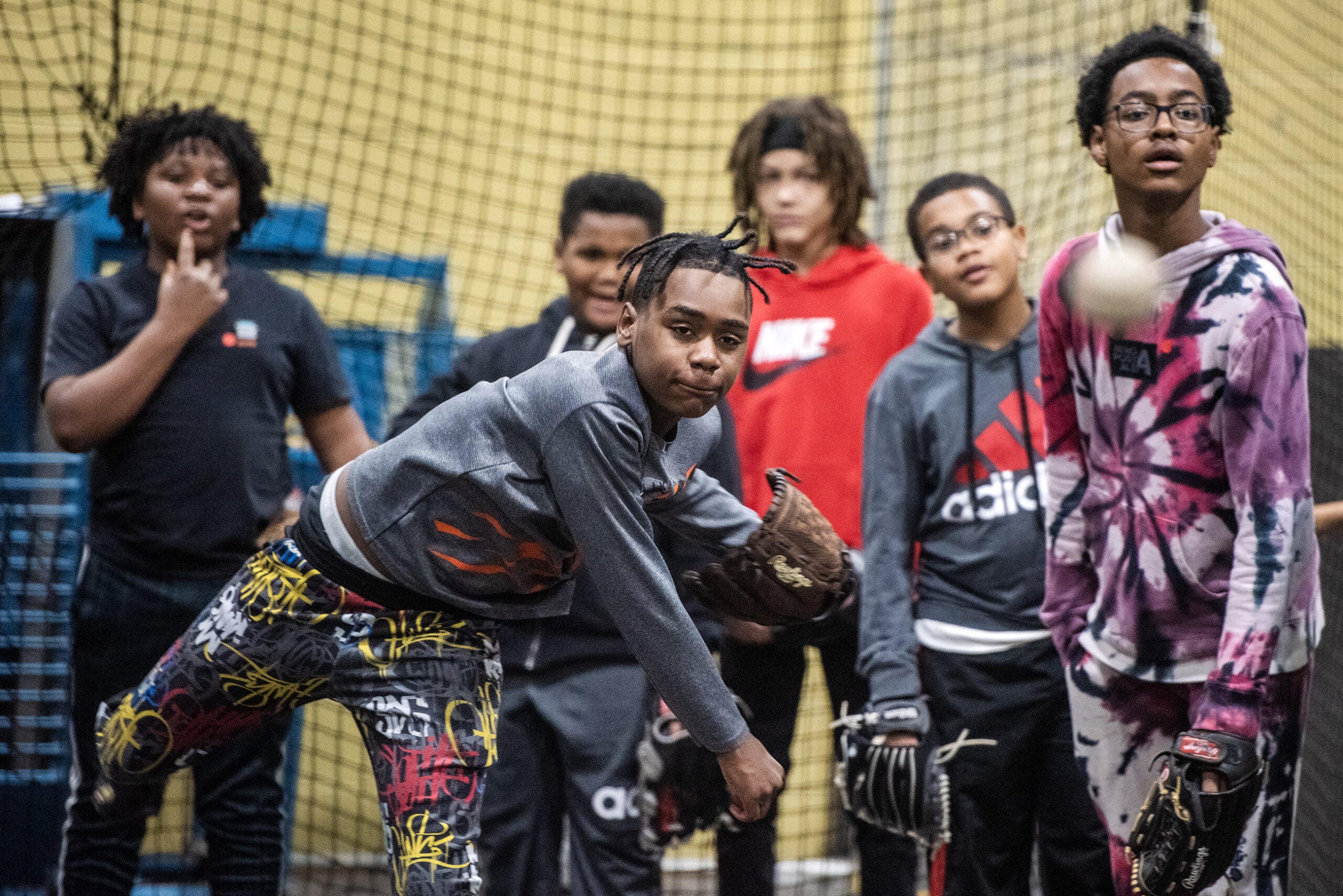New research suggests a novel way to help kids on the autism spectrum — and part of it involves ninjas.
It’s part of a new video game aimed at improving the balance in young people with autism spectrum disorder.
While social and emotional characteristics such as a lack of eye contact or challenges with verbal communication are most often connected to people with autism, balance issues are also common, according to Brittany Travers, an assistant professor of kinesiology at the University of Wisconsin-Madison and lead author of research recently published in the Journal of Autism and Developmental Disorders.
Stay informed on the latest news
Sign up for WPR’s email newsletter.
“In children with autism, they seem to be tracking beautifully with individuals with typical development in terms of their balance progression,” Travers said. “However, something seems to be happening in adolescence. The typically developing group keeps improving their balance, where the autism group seems to be plateauing early, and that can lead to greater fall risk.”
Researchers wanted to find a way to make balance training fun and engaging for individuals with autism.
“We know that individuals with autism play video games more often than people with typical development, even same-age peers,” Travers said. “So we thought that a video game interface would be an ideal way to try to make this as motivating as possible, while also putting hard work into balance training.”
The game prompts players to strike what Travers calls “ninja poses” while facing a computer screen. A Kinect camera and other equipment monitor how closely the player holds the pose shown on the screen; players who can hold the poses more accurately and for longer periods earn rewards.
The participants in the study played the game three times a week over six weeks. Over that period, Travers said, participants not only improved their performance in the game, but “the training gains that they made in the video game were actually translatable to outside the game.”
The study found some gaps, though. Those who exhibited ritualistic behaviors, such as detailed routines for mealtimes or other daily activities, received less benefit from the game than other youths with autism.
Travers said personalizing the game further might make it more useful for a wider range of people.
“Often times we talk about ‘if you’ve met one child with autism, you’ve met one child with autism,’” she said. “Moving the video game into something that’s perhaps a little bit more personalized, and that every person can find their own pathway through the video game, I think, is really one of the ideals. We’re not quite there yet, but it’s nice to have the proof of concept evidence that hopefully we’ll be able to target some of these challenges people with autism may face through a fun and motivating interface.”
Wisconsin Public Radio, © Copyright 2024, Board of Regents of the University of Wisconsin System and Wisconsin Educational Communications Board.




